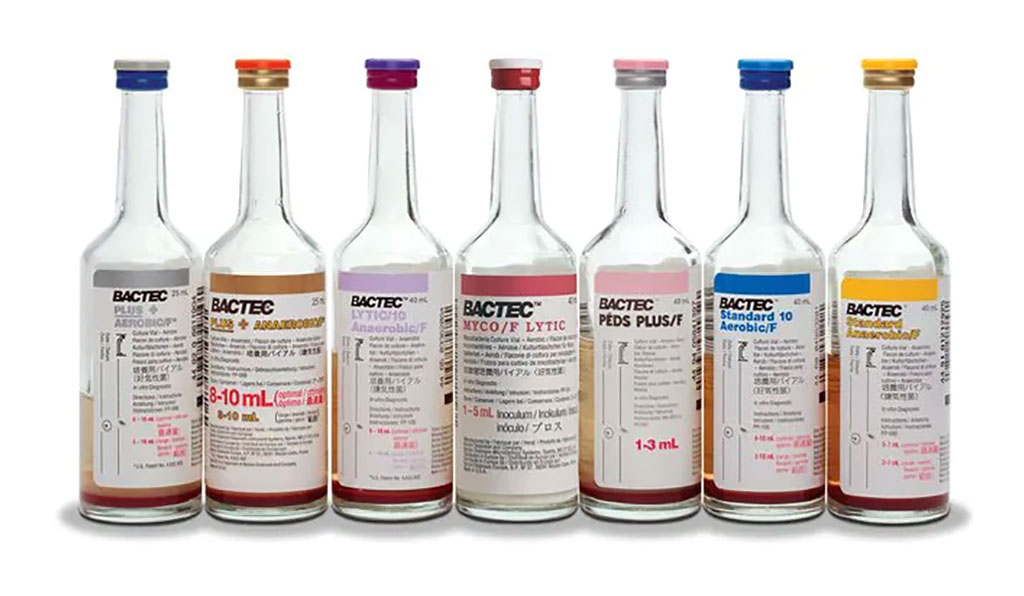Microbes Identified In Leukemic Febrile Neutropenia
Posted on 28 Jun 2022
Despite diagnostic advances in microbiology, the etiology of neutropenic fever remains elusive in most cases. Infectious complications of neutropenia occur in more than 80% of patients who undergo chemotherapy for hematological malignancy and 10% to 50% of those with visceral malignancies.
Bacteria are the most commonly detected microorganisms (10%–25%), followed by fungi (4%), with viruses being least commonly documented. Metagenomic shotgun sequencing is a blanket sequencing technique that has the potential to analyze all genetic material present in a sample. Over the last few years, metagenomic shotgun sequencing has been applied in clinical practice, and enabling detection of microorganisms not detected by conventional tests and even previously unrecognized human pathogens.

Infectious Disease Specialists at the Mayo Clinic College of Medicine and Science (Rochester, MN, USA) and their colleagues prospectively enrolled 20 acute leukemia patients and obtained blood from these patients at three time points: 1) anytime from onset of neutropenia until before development of neutropenic fever; 2) within 24 hours of onset of neutropenic fever; and 3) 5–7 days after onset of neutropenic fever.
Whole blood (5 mL) was collected in EDTA tubes (Becton, Dickinson and Company, Franklin Lakes, NJ, USA) from each subject at the three time points. Blood cultures were performed using the Becton Dickinson BD BACTEC FX platform. A typical set consisted of two BD BACTEC Plus Aerobic/F bottles and one BD BACTEC Lytic Anaerobic/F bottle. Routinely, at least two blood culture sets are drawn per patient. Samples underwent nucleic acid extraction within four days of collection. Bacterial and viral fractions were spiked with internal controls (DNA phages for bacterial, and DNA and RNA phages for viral fractions) to assess assay quality. Sample preparation and nucleic acid extraction were performed using the iDTECT® Dx Blood test (PathoQuest, Paris, France).
The scientists reported that blood cultures grew a bacterium in three cases: Streptococcus mitis group in two and Leptotrichia species in one. Clinically relevant viruses or bacteria (CRVB) were present in three cases by metagenomic shotgun sequencing: rhinovirus in a subject with respiratory tract infection, Staphylococcus aureus in a subject with peri-anal cellulitis and Staphylococcus epidermidis in a subject with a potential bloodstream infection. Results of blood culture and metagenomic shotgun sequencing were discordant in all cases.
Besides blood culture results, three other subjects had positive microbiological laboratory tests, all from the respiratory tract. These included, respectively, rhinovirus and influenza A/respiratory syncytial virus infections in two subjects with upper respiratory tract infection, and a sputum culture for Pseudomonas aeruginosa in a subject with pneumonia.
The authors concluded that metagenomic shotgun sequencing could potentially be used as a supplement to standard tests to increase the yield of microbiological diagnosis. However, improvements in and optimization of sample preparation methods and sequencing platforms will be needed for widespread adoption of this approach into clinical practice. The study was published on June 16, 2022, in the journal PLOS ONE.
Related Links:
Mayo Clinic College of Medicine and Science
Becton, Dickinson and Company
PathoQuest














